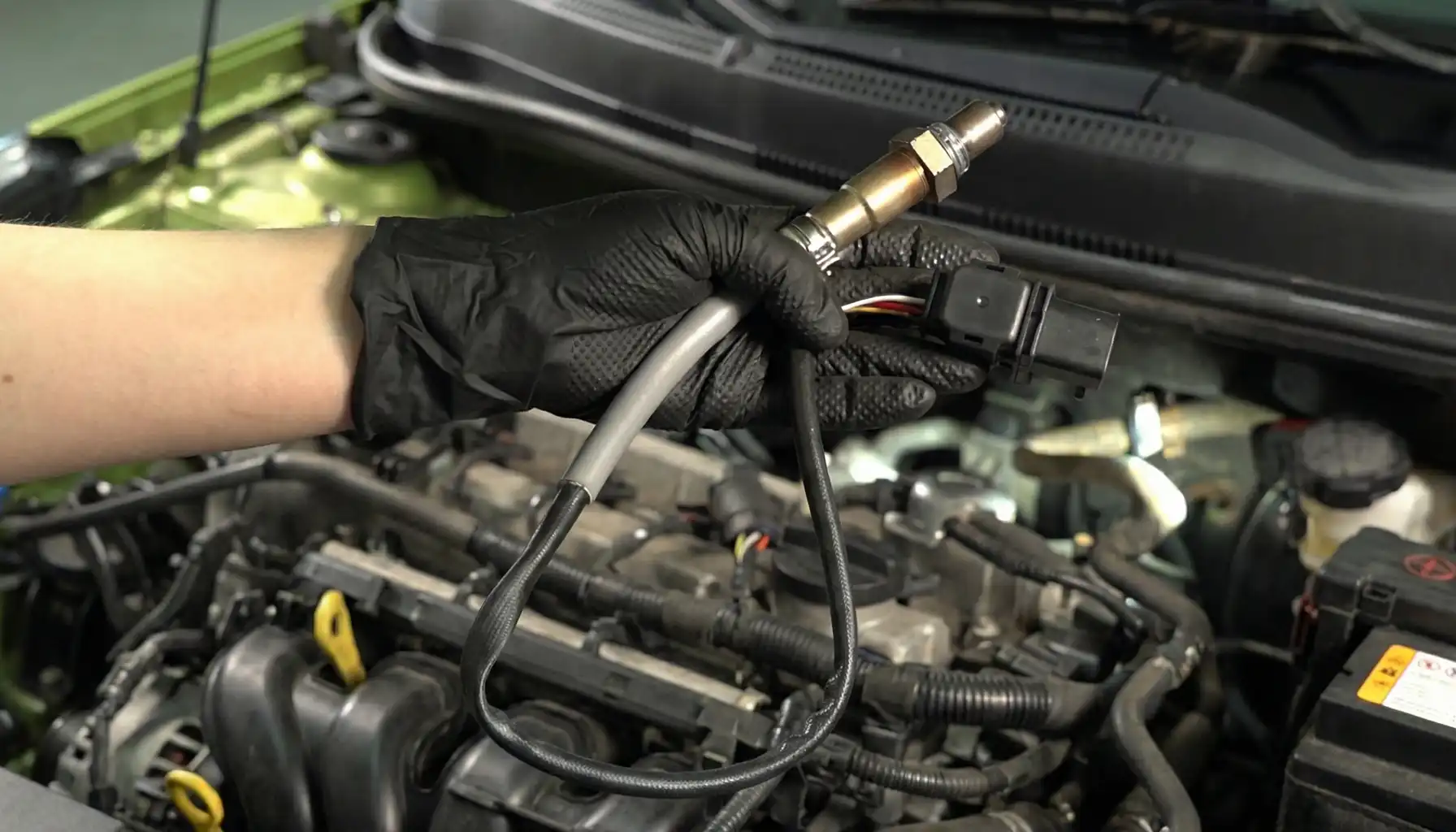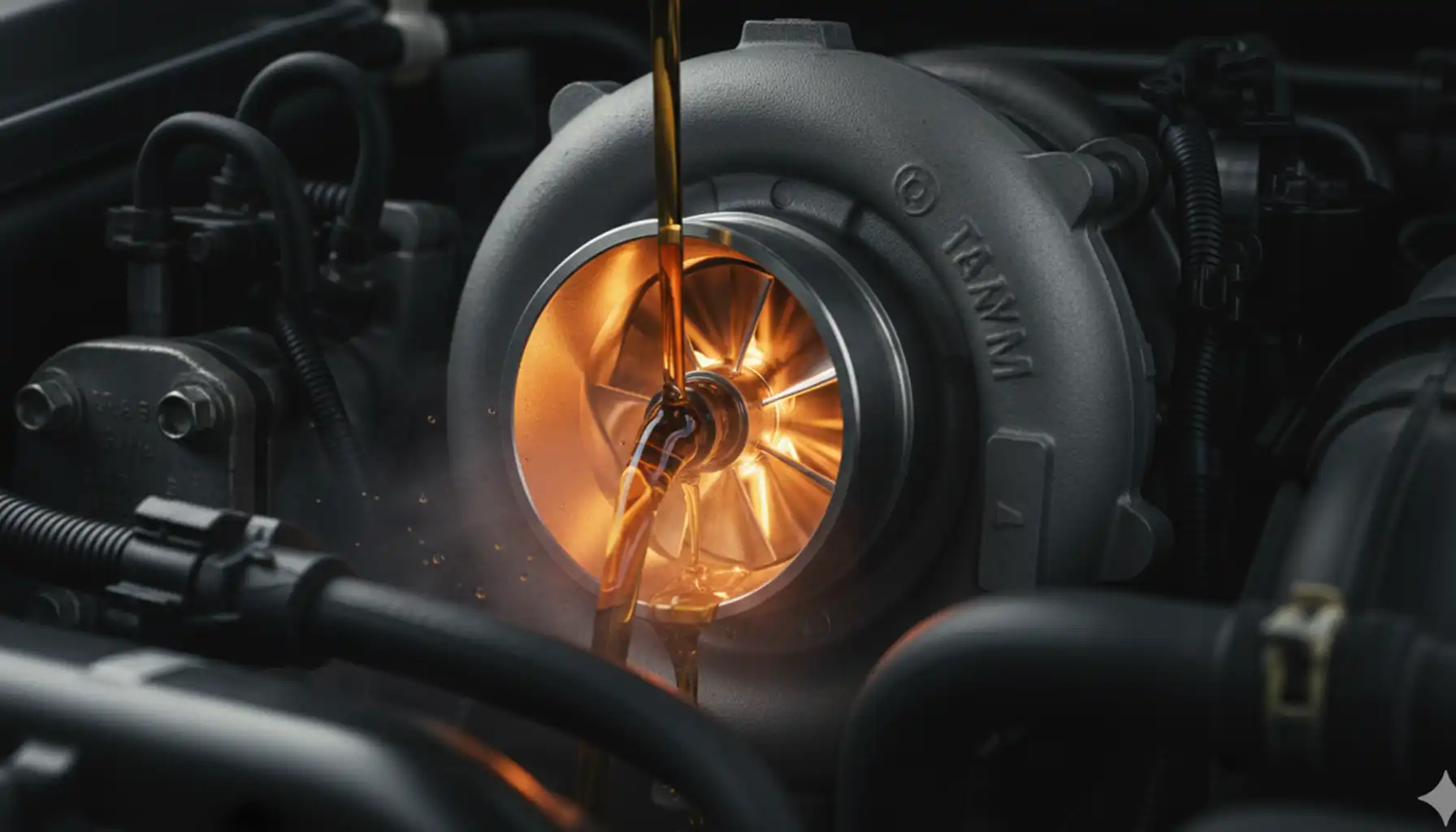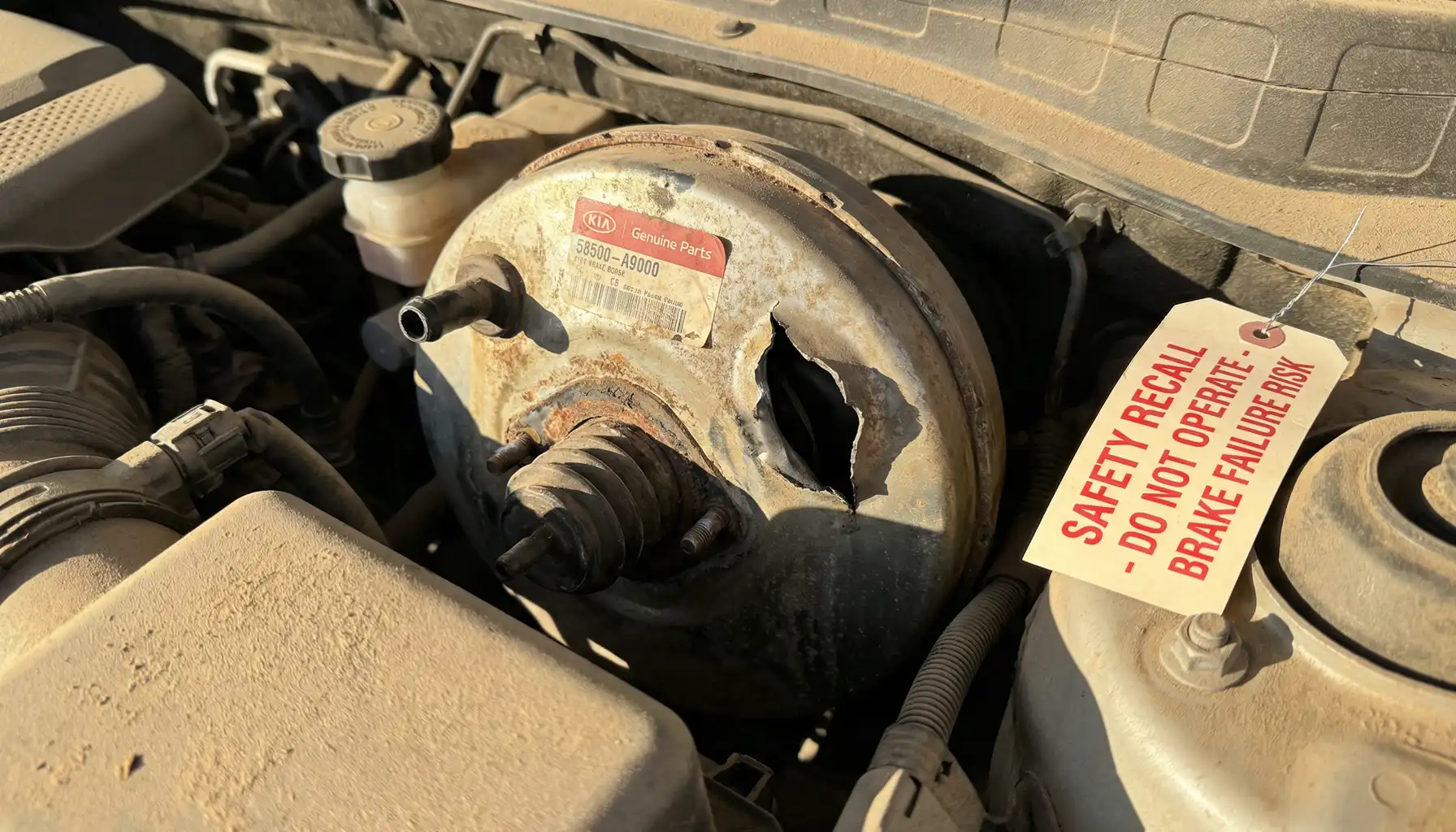Engine’s head gasket for Hyundai and Kia vehicles
The Engine’s head gasket is a component responsible for compressing and insulating the Engine. It seals the cylinders so precisely that it prevents fuel and gas from escaping the cylinder and stops water and oil from penetrating it.
The gasket is placed between the cylinder block and the cylinder head, transforming the combustion chamber into a dedicated space for fuel and gas. The correct and flawless performance of the gasket aids in the complete and timely compression of fuel and air within the combustion chamber, leading to their optimal explosion. It also eases the downward movement of the piston by preventing the escape of pressure caused by the blast.

In addition to all the mentioned functions, the gasket prevents the Engine from mixing the lubrication oil and the coolant. Therefore, the manufacturing quality and assembly of the head gasket directly impact the performance of the Engine and the cylinder head, ensuring their health.
At Arsintrading, we’ve made our best effort to provide you with Kia and Hyundai spare parts at the best prices. You can purchase your Kia and Hyundai head gaskets from us at the best price and receive them in the quickest time possible.
The car engine consists of various parts, including the head gasket, a name you’ve undoubtedly heard many times. But what is a head gasket? This spare part fits over the cylinder, sealing its openings, thus preventing fuel from exiting the Engine.
The gasket sits between the cylinder block and head, effectively insulating the combustion chamber. It’s worth noting that, besides preventing the escape of fuel and gas from within the Engine, it also stops water and oil from entering the car’s Engine.
This component significantly improves the combustion process because if the Engine is not adequately insulated, combustion will not occur correctly, and the piston will struggle to move.
The material of the head gasket is Designed and built into the Engine to withstand heat, high temperatures, pressure, and significant impacts, much like other engine components. It must also be flexible enough to effectively insulate the Engine and cylinder head.
Therefore, the head gaskets contain layers of soft metal and heat-resistant, flexible materials. These layers typically consist of one of the following combinations, stacked in order:
- Asbestos – Copper – Steel;
- Heat-resistant gasket – Steel;
- Aluminum – Chromium;
- Copper – Heat-resistant cardboard or asbestos – Steel.
Asbestos is a type of fireproof cotton with high thermal resistance. However, due to its toxicity and harmful effects on humans, its use in gasket manufacturing has decreased.
Most spare part manufacturers prefer aluminum and copper gaskets because they are lighter and have higher heat transfer.

The gasket has various large and small holes; the number of large holes corresponds to the number of engine cylinders, and the small holes align with the water and oil passages of the cylinder head and block. When installing the head gasket, these holes must perfectly align with the existing cylinder head and block ports.
The primary functions of the head gasket in a vehicle are:
- Sealing the Engine and cylinder;
- Preventing the escape of gas and fuel from the Engine;
- Blocking the entry of water and oil into the Engine;
- Directing coolant fluids;
- Regulating valve temperatures;
- Preventing the mixing of coolant with engine oil.
Burning of the head gasket is a significant issue in any vehicle, so it’s essential to be familiar with its signs to avoid various costs. As mentioned, the gasket seals the Engine, so its failure can lead to water entering it, causing severe combustion problems.

Interestingly, if the head gasket burns out, radiator water mixes with engine oil, causing the oil to lose its standard viscosity. Consequently, the main engine parts that come into contact with oil will face severe problems and damage. Therefore, it’s crucial to recognize the signs of a burnt head gasket to prevent these issues.
Signs of a burnt head gasket
Fortunately, a burnt or partially burnt head gasket shows signs, and it’s possible to address them before severe damage occurs to the Engine. Therefore, being familiar with all the signs of a burnt gasket is vital.
Decrease in radiator water
One of the main signs of a burnt head gasket is the reduction of radiator water, as the gasket’s role is to seal the Engine. If it burns, water enters the Engine, leading to a decrease in radiator water. However, it’s worth noting that radiator water loss can also be due to other factors, such as leaks.
Formation of bubbles inside the radiator
If the head gasket burns, gas escapes from the Engine and penetrates the vehicle’s radiator, causing bubbles to form inside the radiator.
White smoke from the exhaust
Another sign of a burnt head gasket is white smoke from the exhaust when starting the car. When the vehicle is off, the radiator water is under pressure, and due to the damaged gasket, it enters the Engine and combustion chamber. Therefore, when the car starts, this water vaporizes and exits through the exhaust, resulting in white smoke.
Blue Smoke from the Car’s Exhaust
Water and oil seep into the combustion chamber when the head gasket burns. If the Engine is started, the exhaust emits light blue smoke. So, when blue smoke comes out of the exhaust after starting the vehicle, it shows a burnt head gasket.
Engine Oil Color Change
A primary and significant sign of a burnt head gasket is a change in the color of the engine oil. When you pull out the oil dipstick, the oil changes from its natural color to a milky or coffee-like color, indicating a burnt head gasket. Also, when you open the oil cap and encounter coffee-colored oil, you should consult a mechanic to replace the car’s head gasket.
Combination of water and Oil on the Engine
If the head gasket burns severely, the engine leak becomes so significant that water and oil can be observed on the Engine. As mentioned, this happens when the head gasket is severely burnt; therefore, the likelihood of observing this sign is very low in most cases.

Reduced Engine Power
The burning of this part will cause water to penetrate the combustion chamber of the vehicle, so combustion does not occur correctly, and the car will experience a loss of power. Therefore, one of the causes of power loss and reduced acceleration of the vehicle is the burning of the head gasket.
Car Starting Delay
Burning this part causes problems in the Engine’s combustion process, making it difficult to start the car. Usually, this problem occurs when the vehicle has been off for a few hours and has cooled down.
Oil Presence in the Radiator
One of the main functions of the head gasket is to seal the Engine. Therefore, if the head gasket is damaged, the Engine loses its seal, and engine oil penetrates the radiator.
Reasons for the Burning of the Head Gasket

The previous section mentioned most signs of a burnt head gasket, but it’s better to be familiar with the reasons for burning this part to prevent this problem. Some of the reasons for the burning of the head gasket are:
- Overheating: The Engine is due to low radiator water or boiling when the radiator water is low, or the car engine is boiling, and the engine temperature rises sharply, causing the head gasket to burn.
- Wrong Installation of the Head Gasket: One of the most common reasons for the head gasket’s burning is the mechanic’s negligence in installing this part. The head gasket must firmly seal the Engine properly, so incorrect installation will cause it to burn.
- Cooling System malfunction: If the car’s fan and other parts of the cooling system are not working correctly, the engine temperature will rise sharply, which will cause this part to burn over time.


















